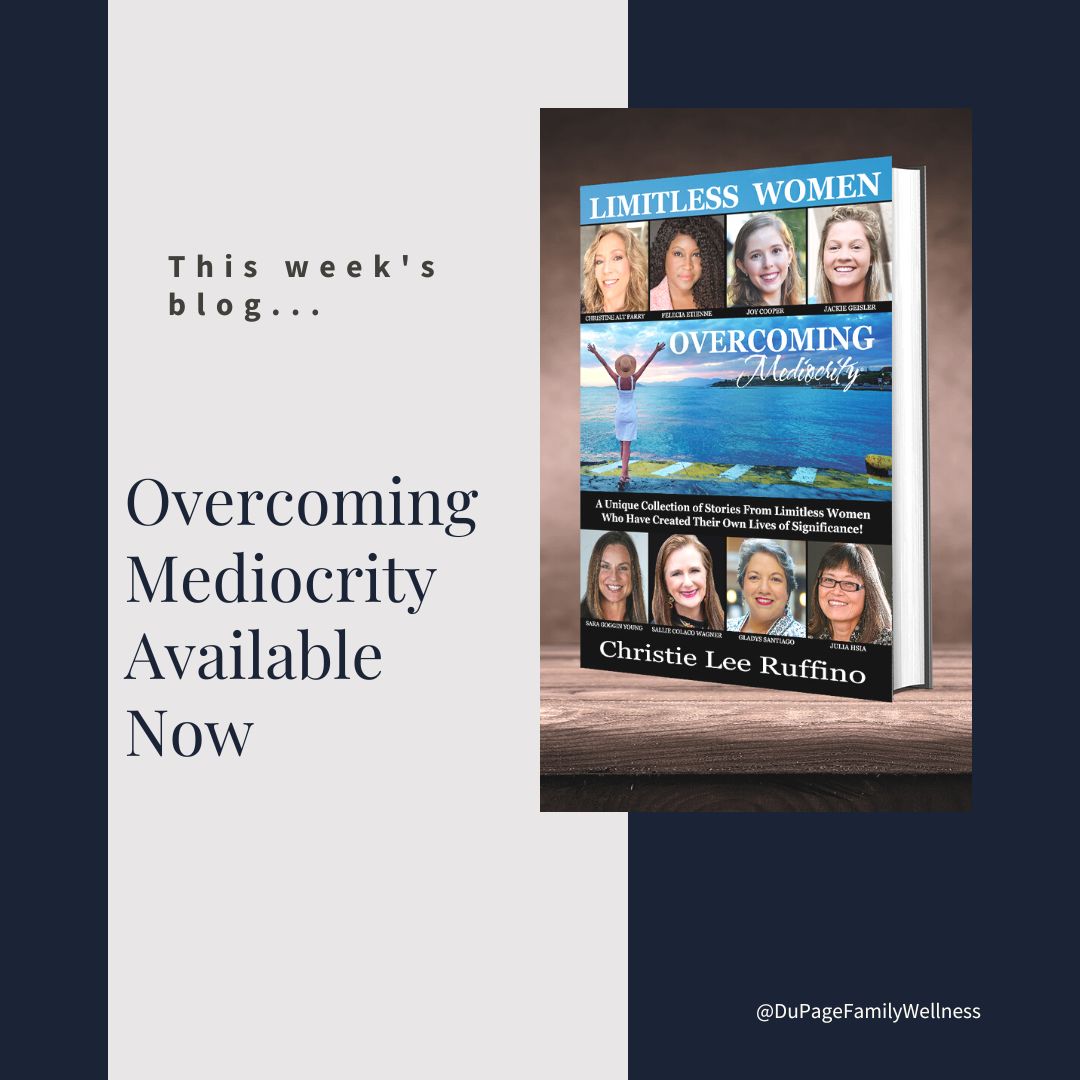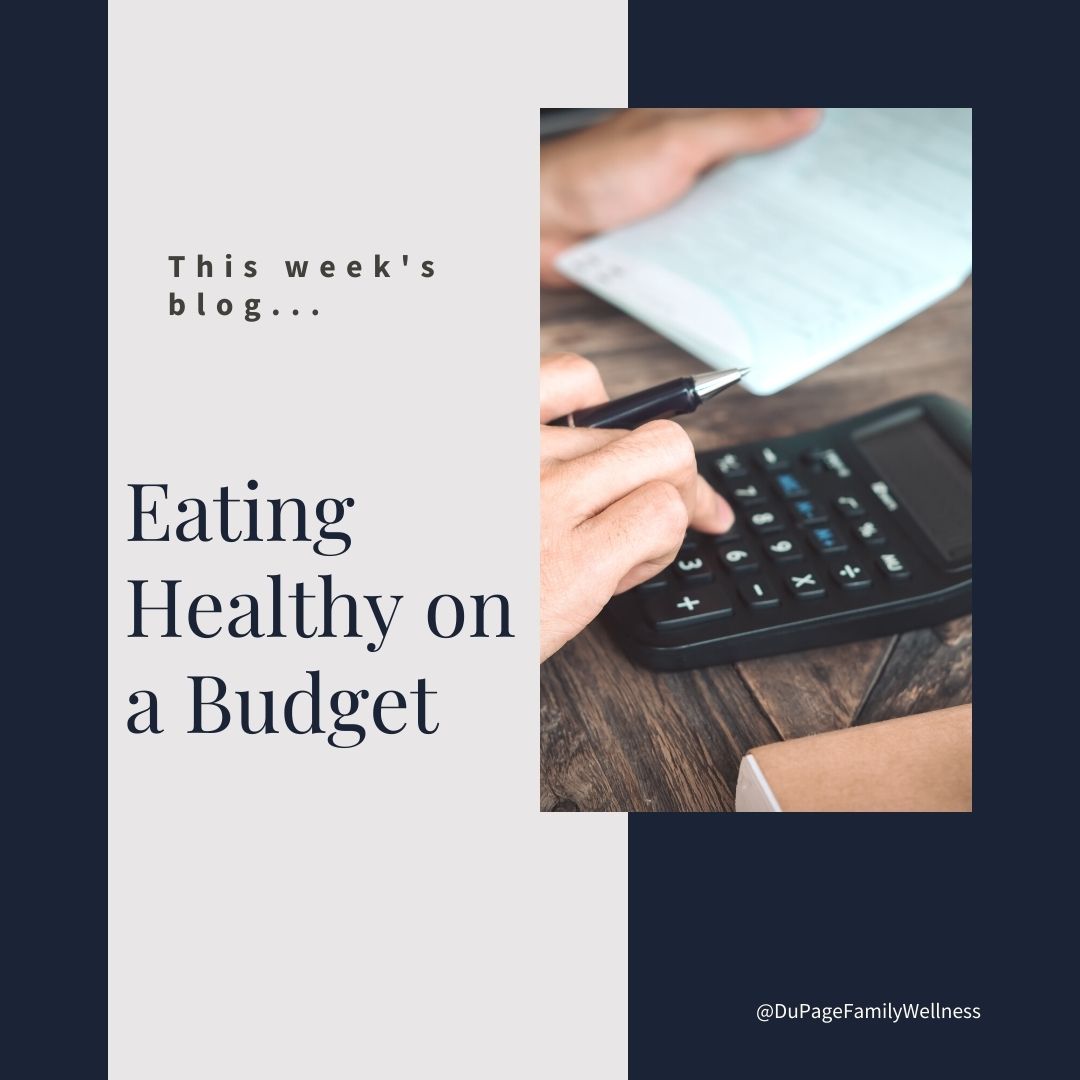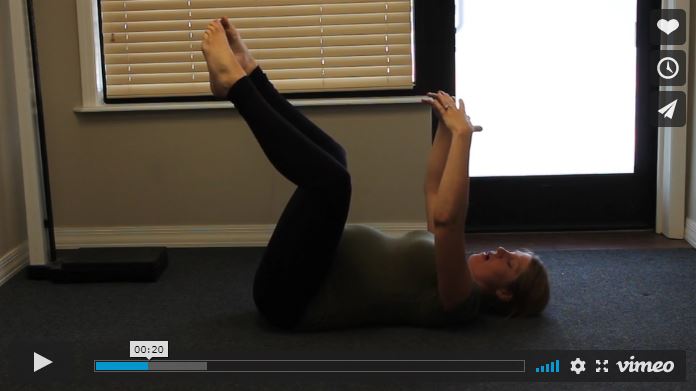 What comes to mind when you talk about healthy habits? Many people think about eating nutritious food, getting adequate movement, staying away from cigarettes, limiting alcohol, and possibly lowering stress levels.
What comes to mind when you talk about healthy habits? Many people think about eating nutritious food, getting adequate movement, staying away from cigarettes, limiting alcohol, and possibly lowering stress levels.
These are all important habits, but there is one habit that most people simply are not aware of. It might surprise you, but “enjoying social connections” is an important health habit!
Research is showing that social connections have a major impact on both our mental and physical health. While the impact of social connections on emotional wellbeing may be expected, the extensive impact on physical health may come as a surprise.
Let’s take a look at this dynamic so that you can lean into the benefits of social connections.
Social Connections Impact of Physical Health
The American Association for the Advancement of Science published a study that found “a lack of social connection is a greater detriment to health than obesity, smoking and high blood pressure.”
A lack of social connections has also been linked to inflammation and hypertension. It may be shocking, but strong social connections actually improve your immune system and lead to a 50% increased chance of longevity. The benefits are surprising, but true.
More research is needed to discover why social connections have such a dramatic impact on health, but the research is clear that social connections are extremely important if you want to live a long and healthy life.
What’s at the Core of Social Connection
So, what does it mean to be socially connected? Researcher and author Brene Brown defines connection “as the energy that exists between people when they feel seen, heard, and valued; when they can give and receive without judgment; and when they derive sustenance and strength from the relationship.”
Feeling seen, heard, and understood is enough to feel connected to another person weather near or far. Some people find it easier to build connections with people who live locally. Getting together for dinner, coffee, a game, or a walk can be fun ways to build relationships with those around you.
Connections, however, can be built from a distance as well. It may take a little more work to connect with friends who you don’t see regularly, but these relationships can be cultivated through phone calls, a text, zoom calls, emails, and even an old fashion letter.
Read more ...
 We all want to live a fulfilling life, but the first step is finding out what drives you! Once we know what makes us come alive, we can truly start pursuing our dreams.
We all want to live a fulfilling life, but the first step is finding out what drives you! Once we know what makes us come alive, we can truly start pursuing our dreams.
I am honored to share the story of discovering my passion in Overcoming Mediocrity, a book that came out earlier this year. Overcoming Mediocrity is a collection of stories from influential women who have overcome great odds to create their own lives of significance.
The book is designed to inspire you to find what brings you life and help you step into a life driven by your passion. Sometimes the road to living a fulfilling life is straightforward, but more often than not it is filled with bumps and turns along the way.
My story begins as a child when my family struggled with insulin issues. The series of events that followed eventually led me to find my passion in life.
Here is a little excerpt from my story…
“Growing up my grandpa was one of my favorite people. He was quite the jokester and was always trying to pull a fast one on me. My family went to his house on weekends, and he always made me feel like the most special girl in the world (other than my sister who I’d like to think was a close second).
One evening, as we were preparing dinner my grandfather started acting funny. He was pale and seemed shaky. His words were slurred and didn’t seem to make sense. I didn’t know why my grandpa, who was always so strong, was acting so strange. It was scary!
My grandma ran over to the refrigerator, grabbed the orange juice, and poured him a cup. A few minutes later, grandpa was back to his normal self.
“What happened?” I asked. I knew my grandpa was a type one diabetic, but I had never known what that meant.”
From here the universe led me to discover my passion. I hope you’ll enjoy reading the rest of my story, but even more than that, I hope you’ll let our stories inspire you to find your passion and live your best life!
Dr. Jamie
P.S. If you are interested in getting your own copy of Overcoming Mediocrity send me a quick message asking me to set one aside for you. We can schedule a time for you to pick it up in the office.
 You may want to change your diet, but don’t feel like you can afford it. The cost of everything has gone up; isn’t healthy food even more expensive? Well, not necessarily.
You may want to change your diet, but don’t feel like you can afford it. The cost of everything has gone up; isn’t healthy food even more expensive? Well, not necessarily.
If you have the motivation to start a healthier lifestyle by eating nutrient-dense foods, you may be surprised to find out that it can be affordable. It may take a bit of extra work, but you do have options.
Here are some tips to get you started eating healthy while keeping your grocery bill within your means.
Focus on the Basics
Shop for ingredients that can be used for many types of dishes.
You don’t need all the fancy spices. Salt, fresh garlic, and onion powder are a good start to flavoring your food. If you enjoy ethnic foods, you can get seasoning appropriate for those dishes, but stay away from the expensive spices you’ll only use for one dish.
You will also need some healthy fats. Olive oil, coconut oil, and butter can be used in most dishes. Choose your favorite and use them in everything you make. (Note: Olive oil is intended to be used at low temperatures and is not intended to be used in cooking.)
Next, get some fruits and vegetables. Frozen vegetables are just as nutritious as fresh and can be used in many different dishes. Since they have a long shelf life there will be little food waste. Buying fruit in season and looking on the clearance rack will also keep the cost down.
You could stop there, but if you tolerate starches white potatoes, sweet potatoes, and other root vegetables are inexpensive options.
Buy in Bulk
Buying in bulk can help to keep the cost down. If you are able to invest in a quarter, half, or whole animal directly from a local farmer you can often save a lot of money.
While this is cheaper than buying quality meat in the store, it does take money upfront which can be a concern for many. If this is an issue for you, ask your family or friends to go in on it with you.
Dividing the meat with others requires less money upfront. It will also make it easier to store the meat in your freezer and lower food waste.
Choose Your Battles
It may not be possible for you to buy organic, grass-fed, free-range, local food. So, pick the most important things to focus on.
Some produce is important to buy organic, if possible, while it’s not as important for other varieties. Check out the Environmental Working Group’s Dirty Dozen and Clean Fifteen lists to see where to focus.
Animal products are the same way. You don’t have to feel bad for buying non-grass-fed, non-organic lamb, eggs, and some cheeses. Even canned fish (salmon, skipjack tuna, sardines, and herring) are nutrient-dense foods that aren’t that expensive.
Get the highest quality you can afford, but it’s better to eat non-organic meat and eggs than processed foods. It’s better to eat a conventionally grown kiwi than it is to grab a bag of chips.
If you want to eat healthier, you don’t have to be perfect! Do want you can and know that you are doing your best. I’d love to hear what changes you are making and if you have any tips for saving money along the way.
Dr. Jamie
 What if I told you that the foundation to being fit and strong was so easy a baby could do it? It would be hard to believe, but it's true. And babies everywhere are doing it!
What if I told you that the foundation to being fit and strong was so easy a baby could do it? It would be hard to believe, but it's true. And babies everywhere are doing it!
There are no baby exercise classes. Most babies learn how to move on their own. They tend to progress through movement the same way. They lift their head, rollover, crawl, and eventually start toddling around.
We typically don’t think about all that goes into their development, but it is amazing. If we look closely there is a lot we can learn from these little ones.
Let’s see what we can learn about movement through the amazing process these little ones go through as they develop their ability to move.
Functional Movement
Research has found that the way a baby moves is the most efficient way to move. But our modern world has taught us to move in ways that are unnatural. Many of us sit at our desks all day using a keyboard. We walk on treadmills instead of going for a walk.
But when we deviate from this type of movement we will not function at our best. It can lead to all sorts of pain in the body and restrict our movement. But there is a way to reestablish proper movement.
Functional Progression exercises are modeled after babies and how they move, organize movement patterns, and learn to stabilize. They allow us to reestablish movement patterns so that they become natural again.
Where to Begin - Diaphragmatic Breathing
Breathing properly is a foundational piece of movement, but most adults do not breathe in a natural way. In fact, a pilot study of 96 people in 2003 that assessed breathing mechanics found that only 25% of people breathe properly.
Using the wrong muscles to breathe can lead to a host of problems such as recurrent chronic fatigue, anxiety, panic attacks, as well as many musculoskeletal symptoms. But these things can be helped by learning to breathe like a baby again.
If you are trying to make changes in the way that you breathe, it will take some time. But you can do it if you try to focus on your breathing technique at least once an hour.
This video will show you what you should be doing to breathe properly. Remember, this is the foundation for all the other functional movement exercises, so don’t skip this important step.

The Dead Bug
While you are learning to breathe properly again, you can also begin to engage your core in a specialized way.
Take a moment to think about a baby laying on its back. Where are his legs? Where are her hands? They are in the air moving about. It’s not a complicated or rigid movement, but it does engage the core in an important way.
The functional movement exercise that teaches you this is called the “dead bug.” It mimics that type of movement a baby makes naturally.

I am passionate about leading you to greater health! If you are interested in learning more about Functional Progression or would like to work with me to learn these movements give us a call 630-448-0255 to set up an appointment.
Dr. Jamie
 Most people think of grilling out in the summer, but the fall is a perfect time to heat up the grill. As the weather gets cooler it is more pleasant to cook outside and sit on the patio for a nice meal.
Most people think of grilling out in the summer, but the fall is a perfect time to heat up the grill. As the weather gets cooler it is more pleasant to cook outside and sit on the patio for a nice meal.

 What comes to mind when you talk about healthy habits? Many people think about eating nutritious food, getting adequate movement, staying away from cigarettes, limiting alcohol, and possibly lowering stress levels.
What comes to mind when you talk about healthy habits? Many people think about eating nutritious food, getting adequate movement, staying away from cigarettes, limiting alcohol, and possibly lowering stress levels.  We all want to live a fulfilling life, but the first step is finding out what drives you! Once we know what makes us come alive, we can truly start pursuing our dreams.
We all want to live a fulfilling life, but the first step is finding out what drives you! Once we know what makes us come alive, we can truly start pursuing our dreams.  You may want to change your diet, but don’t feel like you can afford it. The cost of everything has gone up; isn’t healthy food even more expensive? Well, not necessarily.
You may want to change your diet, but don’t feel like you can afford it. The cost of everything has gone up; isn’t healthy food even more expensive? Well, not necessarily. What if I told you that the foundation to being fit and strong was so easy a baby could do it? It would be hard to believe, but it's true. And babies everywhere are doing it!
What if I told you that the foundation to being fit and strong was so easy a baby could do it? It would be hard to believe, but it's true. And babies everywhere are doing it! 